TIL Whales in Argentina Are Being Preyed On By Seagulls
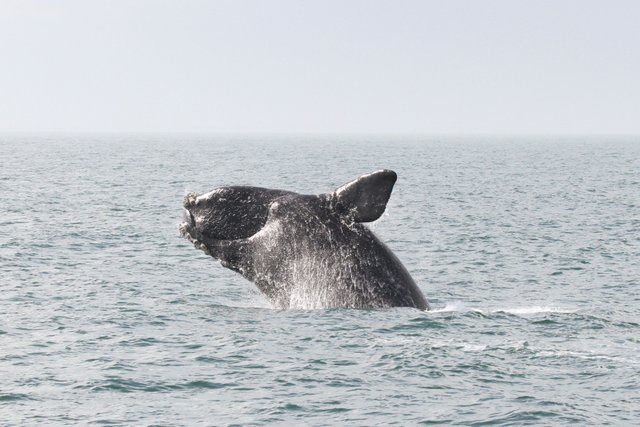
Southern Right Whales have been dying in huge numbers off the coast of the Valdes Peninsula, Argentina. Last year, 116 whales were found dead, a 100% jump in mortality from 2011. Though researchers have yet to conclusively determine what is killing the whales, they do have a leading suspect...
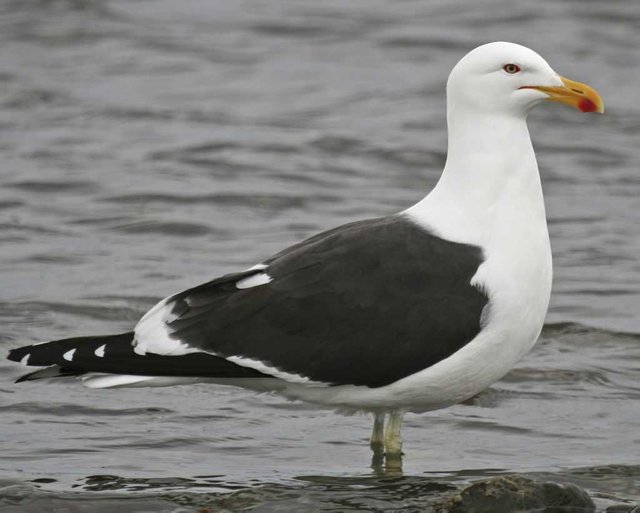
Though the whales weigh more than 60,000 times the weight of a full grown kelp gull, these birds have been preying on the whales for years, though the problem appears to be getting worse.
The first of these attacks was documented in 1972, and they have been getting worse. In 1974, just 1 per cent of whales had gull-inflicted wounds. By 2008, 77 per cent of them carried such injuries. Source
Scientists are unsure if the gulls are actually killing the whales, but the mammals have been changing their natural behaviors to escape the attacks, and this may be threatening their ability to survive. The gulls' method of attack is akin to "death by a thousand cuts", though the whale doesn't have to be killed for the attack to be successful. When a whale surfaces to breathe, the gulls swoop down and slash open their rubbery skin with their sharp beaks, creating gashes up to 4 inches deep and 5 feet long. Every time the whale returns to the surface, the gulls dive to the wound to tear off nutrient-rich blubber.
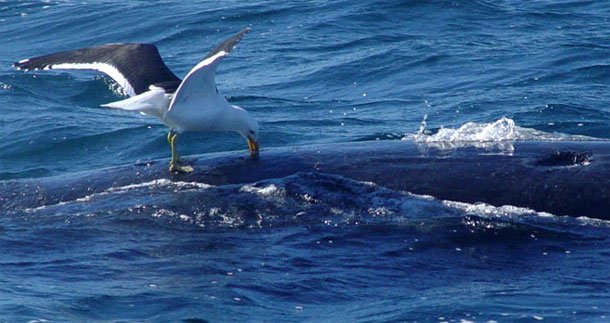
"The seagulls attack the skin first, and then the fat of the whales. They peck several times in each attack. Then the whale submerges, and when it comes back to the surface, the gull is there waiting." Tour guide, Argentina's Valdes Peninsula Source
Calves and mothers are being attacked the most, up to 5 times more often than juvenile and adult whales. The calves have softer skin and tendency to stay near shore, making them especially vulnerable to the birds' assault, endangering the whales at a crucial point in their life cycles.
"The attacks are very painful and cause large, deep lesions, particularly on the backs of young 2-6 week-old calves. The whales flinch violently and swim away to flee from the attacking gulls. This harassment can last for hours at a time. As a result, right whale mothers and their calves are expending much precious energy during a time of year when mothers are fasting and at a site where little to no food is available to replenish fat reserves." Researchers Vicky Rowntree and Mariano Sironi Source
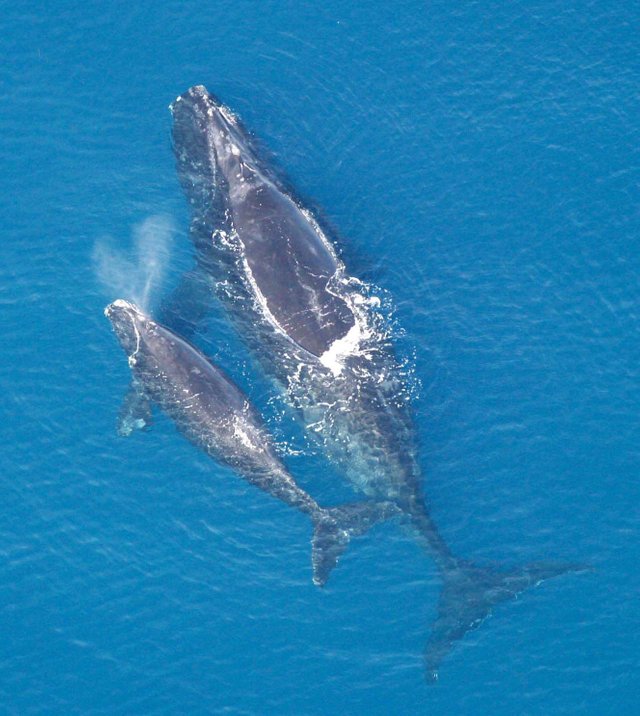
The whales are doing what they can to protect themselves, but their efforts cost valuable time and energy. Adult whales off the coast of the Peninsula have been holding their backs at an arch when at the surface, to protect themselves from the gulls; calves and other populations of right whales don't do this, meaning that it is a learned behavior. But these attacks are still taking their toll; the predatory stress the birds inflict on the whales uses up a massive amount of energy that the whales can't readily replenish, and scientists believe this may be the leading cause of the increased mortality. And the increase in whale death has marine biologists concerned.
"The southern right whale population is still only a small fraction of its original size, and now we have reason to worry about its recovery. Our long-term data indicate that the Peninsula Valdes whales were increasing steadily at close to 7 percent per year until recently. Elevated calf mortality is reducing that growth rate substantially. If this continues, we just don't know what will happen." Rowntree Source
The gull population has exploded in recent years; dumps, fisheries and tourism provide the gulls with an incredible bounty of food. Though gull attacks have always occurred, scientists worry the gulls are learning their whale-attacking behavior from one another, leading to the sudden increase in assaults. Each year, more and more juvenile gulls appear to be attacking the whales, but in the end there may be some good news:
Most of the attacks involved a single gull, which suggests that certain troublesome individuals may be behind much of the whales’ woes. That’s actually encouraging – it means that killing specific birds would greatly ease the pressure on the whales. Source
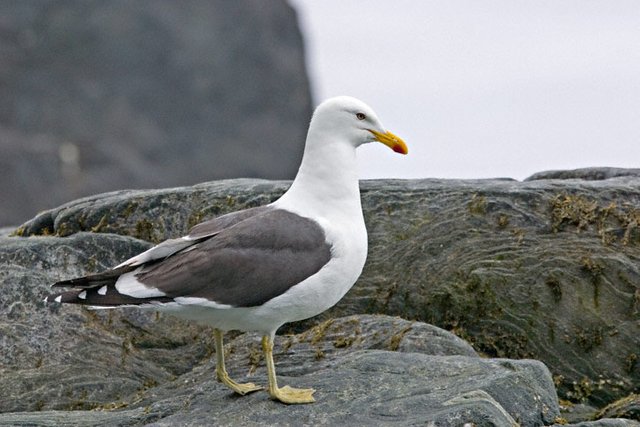
This is certainly a remarkable adaptation we are seeing from the gulls, but we will have to see how their assaults affect the dwindling whale population. Hopefully the whales are able to overcome the challenges imposed by the new predator before it is too late.
Whales are so great animals! I hope they will find their way out (possibly or not with the help of humans).
"You're rats with wings!"
Wow, what an amazing connection. Hopefully, they can adapt in time.
Very sad! It sounds like part of the cause is the increase in gull population, which is due to some human behaviors (noted in the video). Hopefully man can help the whales out in this situation. Whales have enough stress from human causes